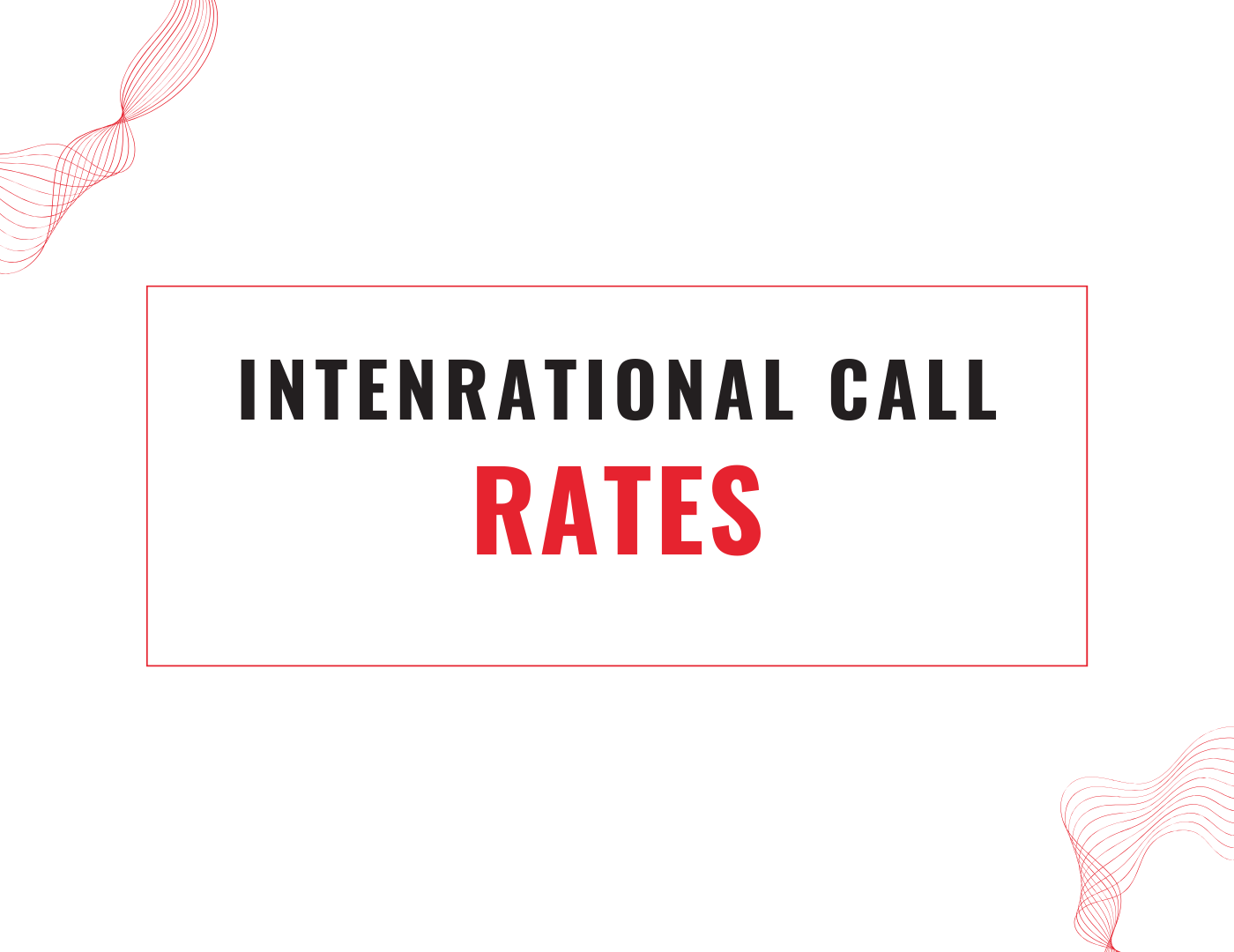In an interconnected world, communication knows no boundaries. As globalization continues to weave its threads through every aspect of our lives, staying in touch with friends, family, and colleagues across the globe has become more crucial than ever. International calling has become an integral part of our communication landscape, enabling us to bridge the physical gaps that separate us. However, with this convenience comes the complex web of international calling rates, leaving many consumers bewildered and searching for the most cost-effective solutions.
The Landscape of International Calling
International calling rates are the charges imposed by telecommunications providers for making calls from one country to another. The cost of these calls can vary significantly based on a multitude of factors, making it imperative for consumers to navigate this intricate landscape with caution.
One of the primary factors influencing international calling rates is the distance between the caller and the recipient. Calls between neighboring countries tend to be more affordable, while calls to destinations halfway across the globe can quickly accumulate high charges. Additionally, the infrastructure and agreements between telecommunications providers in different countries play a pivotal role in determining the final cost of international calls.
Traditional Telecommunications vs. Modern Alternatives
Traditionally, international calls were facilitated by landline connections or international calling cards, each with its own set of associated costs. These methods often incurred high charges, especially for long-distance calls. However, with the advent of the internet and advancements in technology, new alternatives have emerged, offering more cost-effective options for international communication.
Voice over Internet Protocol (VoIP) services, such as Slickcall, WhatsApp, and Zoom, have revolutionized the way we communicate internationally. These platforms leverage the internet to transmit voice data, significantly reducing costs compared to traditional telephone networks. Many VoIP services offer free or low-cost international calls, making them an attractive option for budget-conscious consumers.
Understanding the Pricing Structure
To make informed decisions about international calling, it is essential to understand the pricing structures employed by telecommunications providers. The two primary pricing models are per-minute rates and subscription-based plans.
-
Per-Minute Rates: In this model, users are charged a specific amount for every minute of the call. The rates can vary widely based on the countries involved and the time of day. Calls during peak hours may incur higher charges than calls made during off-peak times.
-
Subscription-Based Plans: Some telecommunications providers offer subscription plans for international calling. Users pay a fixed monthly fee in exchange for a certain number of minutes or unlimited international calling to specific countries. These plans can provide cost savings for individuals or businesses with frequent international communication needs.
Hidden Fees and Surcharges
While the advertised per-minute rates or subscription fees may seem straightforward, consumers must be vigilant about hidden fees and surcharges that can inflate the final cost of international calls. Common additional charges include connection fees, service fees, and taxes. Before committing to a calling plan or service, it is crucial to review the provider’s terms and conditions to uncover any hidden costs that may catch users off guard.
Comparison Shopping for the Best Deals
Given the myriad of options available for international calling, consumers are encouraged to engage in comparison shopping. Different telecommunications providers may offer varying rates, subscription plans, and promotional offers. Online tools and comparison websites can assist users in identifying the most cost-effective options based on their specific international calling needs.
Additionally, some mobile carriers provide international calling packages as part of their service offerings. These packages often include discounted rates for calls to specific countries or regions, providing a convenient and potentially more affordable solution for users who frequently make international calls.
Embracing Future Trends
As technology continues to evolve, so do the possibilities for international communication. The emergence of 5G networks promises faster and more reliable connections, potentially improving the quality and affordability of international calls. Additionally, the integration of artificial intelligence and machine learning in telecommunications may lead to more personalized and cost-effective solutions for users.
Moreover, the ongoing global efforts to standardize and regulate international telecommunications practices aim to create a more transparent and consumer-friendly environment. As these initiatives progress, consumers can expect increased clarity in pricing structures and a reduction in hidden fees.
Conclusion
Ultimately, as technology continues to advance and telecommunication practices become more standardized, the future holds the promise of improved affordability and accessibility in international communication. Until then, consumers can empower themselves by staying informed and making choices that align with their specific needs and budget constraints.











